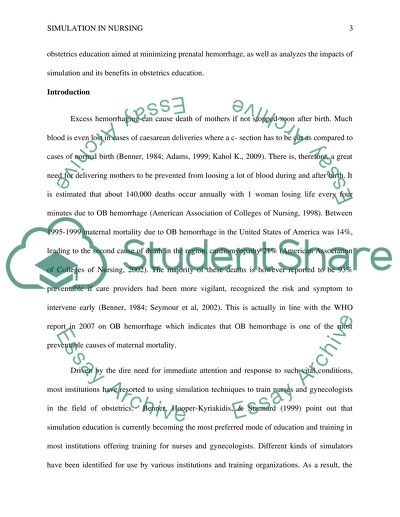Cite this document
(“Simulation in Nursing Essay Example | Topics and Well Written Essays - 1750 words”, n.d.)
Simulation in Nursing Essay Example | Topics and Well Written Essays - 1750 words. Retrieved from https://studentshare.org/nursing/1475992-simulation-education-in-obstetric-emergencies
Simulation in Nursing Essay Example | Topics and Well Written Essays - 1750 words. Retrieved from https://studentshare.org/nursing/1475992-simulation-education-in-obstetric-emergencies
(Simulation in Nursing Essay Example | Topics and Well Written Essays - 1750 Words)
Simulation in Nursing Essay Example | Topics and Well Written Essays - 1750 Words. https://studentshare.org/nursing/1475992-simulation-education-in-obstetric-emergencies.
Simulation in Nursing Essay Example | Topics and Well Written Essays - 1750 Words. https://studentshare.org/nursing/1475992-simulation-education-in-obstetric-emergencies.
“Simulation in Nursing Essay Example | Topics and Well Written Essays - 1750 Words”, n.d. https://studentshare.org/nursing/1475992-simulation-education-in-obstetric-emergencies.


